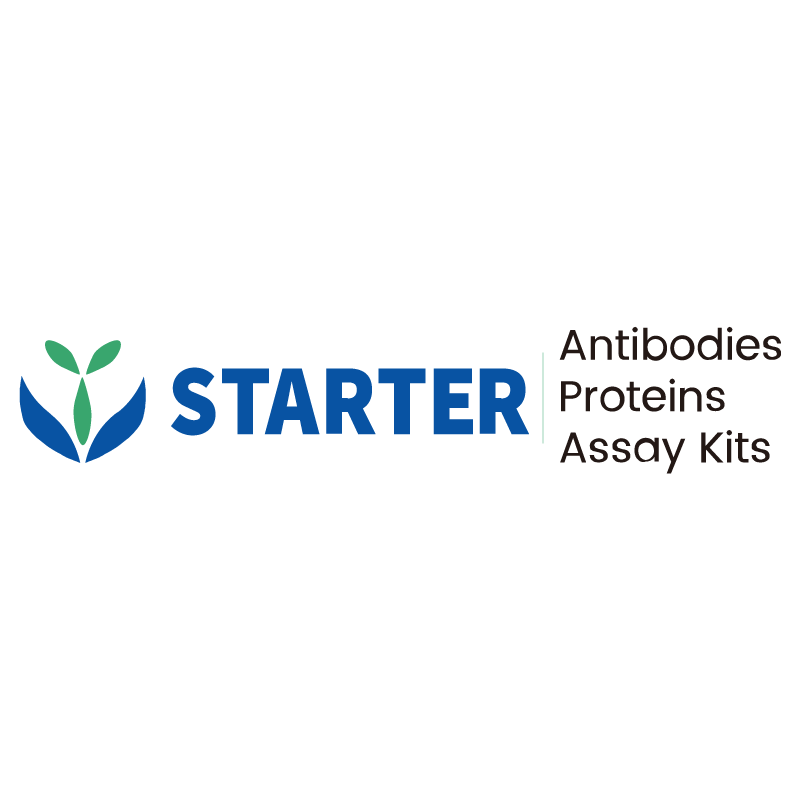Flow cytometric analysis of human PBMC (human peripheral blood mononuclear cell) labelling Human LILRB3/CD85a/ILT5 antibody at 1/50 (1 μg) dilution (Right) compared with a Rabbit monoclonal IgG isotype control (Left). Goat Anti - Rabbit IgG Alexa Fluor® 488 was used as the secondary antibody. Then cells were stained with CD14 - Alexa Fluor® 647 separately.
Product Details
Product Details
Product Specification
| Host | Rabbit |
| Antigen | LILRB3/CD85a/ILT5 |
| Synonyms | Leukocyte immunoglobulin-like receptor subfamily B member 3; LIR-3; Leukocyte immunoglobulin-like receptor 3; CD85 antigen-like family member A; Immunoglobulin-like transcript 5 (ILT-5); Monocyte inhibitory receptor HL9; LIR3 |
| Immunogen | Recombinant Protein |
| Location | Cell membrane |
| Accession | O75022 |
| Clone Number | S-282-70 |
| Antibody Type | Recombinant mAb |
| Isotype | IgG |
| Application | FCM |
| Reactivity | Hu |
| Positive Sample | Human PBMC |
| Purification | Protein A |
| Concentration | 0.5 mg/ml |
| Conjugation | Unconjugated |
| Physical Appearance | Liquid |
| Storage Buffer | PBS, 40% Glycerol, 0.05% BSA, 0.03% Proclin 300 |
| Stability & Storage | 12 months from date of receipt / reconstitution, -20 °C as supplied |
Dilution
| application | dilution | species |
| FCM | 1:50 | Hu |
Background
LILRB3, also known as CD85a, HL9, ILT5, LIR-3, LIR3, PIR-B, and PIRB, is a protein that belongs to the leukocyte immunoglobulin-like receptor (LIR) family and is expressed primarily on myeloid cells such as monocytes, granulocytes, and dendritic cells. This receptor contains four extracellular immunoglobulin domains, a transmembrane domain, and four cytoplasmic immunoreceptor tyrosine-based inhibitory motifs (ITIMs). LILRB3 plays a role in the negative regulation of immune responses, as it can suppress activation of neutrophils and basophils, and it may also inhibit allergic inflammation and autoimmunity. In the context of cancer, LILRB3 has been implicated in the support of immunosuppressive activity of myeloid cells and tumor development, with its ligation leading to the inhibition of immune responses, polarization of M2 macrophages, and suppression of T-cell proliferation. The polymorphism of LILRB3 may also influence the immune response to tumors, and it is expressed on certain leukemia and myeloma cells, making it a potential therapeutic target in cancer immunotherapy.
Picture
Picture
FC


